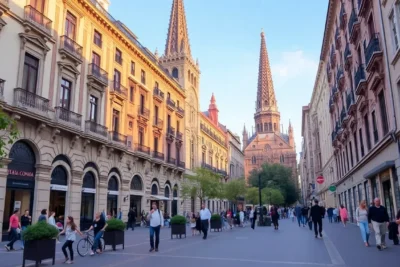
The Sagrada Familia, a masterpiece designed by the renowned architect Antoni Gaudí, stands as a symbol of Barcelona's rich cultural heritage. This basilica, still under construction after more than a century, captivates millions of visitors each year with its unique blend of Gothic and Art Nouveau styles.
Known for its intricate facades and stunning interiors, The Sagrada Familia: Gaudí's Iconic Basilica 🏰🇪🇸 offers an unparalleled experience that reflects Gaudí's visionary approach to architecture. As a UNESCO World Heritage site, it continues to inspire awe and admiration, embodying the spirit of innovation and devotion that defines Gaudí's work.
The Architectural Marvel of The Sagrada Familia: A Detailed Overview
The Sagrada Familia is a profound representation of innovation in architectural design, merging natural forms with modern techniques that were ahead of its time. Gaudí's vision incorporates a variety of styles, blending Gothic elements with the fluidity of Art Nouveau. His intention was to create a structure that embodies the essence of nature, which is evident in the basilica's organic shapes and forms.
One of the most striking aspects of The Sagrada Familia is its facades, each telling a unique part of the biblical narrative. The Nativity Facade, for instance, is rich in detail, symbolizing the birth of Christ with its intricate sculptures and motifs. In contrast, the Passion Facade presents a stark and somber interpretation of Christ's suffering, showcasing Gaudí's ability to convey deep emotion through architecture.
The basilica's interior is equally captivating, featuring soaring columns that branch out like trees, creating a forest-like atmosphere. This design not only enhances the aesthetic beauty but also serves a functional purpose, distributing the weight of the structure effectively. The interplay of light through the stained-glass windows adds a dynamic element, transforming the interior with colors as the sun moves throughout the day.
- Height: 172.5 meters (566 ft) upon completion
- Number of Towers: 18 towers, representing the apostles, the Virgin Mary, the evangelists, and Jesus Christ
- Construction Period: Started in 1882 and expected to be completed in 2026
- Materials Used: Local stone, brick, and concrete
Exploring the Symbolism Behind The Sagrada Familia's Design
Exploring the symbolism behind The Sagrada Familia's design reveals a profound connection between architecture and spirituality. Gaudí envisioned the basilica as a narrative of faith, with each element meticulously crafted to convey deep religious meanings. For instance, the verticality of the towers symbolizes the aspiration of humanity towards the divine, while their shapes resemble natural forms, reflecting Gaudí's belief in the unity of nature and spirituality.
Each of the three main facades—Nativity, Passion, and Glory—serves a distinct purpose in this symbolic journey. Nativity Facade celebrates the birth of Jesus, overflowing with joyous details and life, while the Passion Facade starkly contrasts this with its expression of suffering and redemption. The yet-to-be-completed Glory Facade aims to depict the final glory of Christ, encapsulating the full arc of the Christian narrative.
Moreover, the interior of The Sagrada Familia is a testament to Gaudí's vision of a "stone forest." The columns, inspired by tree trunks, create a sense of being enveloped in nature, which reinforces the idea that the divine can be found in the natural world. This closeness to nature is also enhanced by the clever use of light, which filters through stained-glass windows, casting vibrant colors throughout the space and evoking a spiritual experience.
In conclusion, the symbolism of The Sagrada Familia extends beyond mere aesthetics; it is a profound commentary on faith, nature, and the human experience. Through its intricate designs and thoughtful representations, Gaudí invites visitors to reflect on their own beliefs and the beauty of the world around them, making each visit a deeply personal experience.
Gaudí's Vision: The Inspiration for The Sagrada Familia's Unique Style
Antoni Gaudí's vision for The Sagrada Familia was deeply influenced by his profound respect for nature and its forms. He believed that architecture should reflect the organic world, which is evident in the basilica's fluid lines and intricate details. The use of natural shapes and motifs throughout the structure creates a seamless connection between the building and its environment, embodying Gaudí's idea of harmonious coexistence.
Gaudí drew inspiration from various sources, including:
- Nature: Observing the forms of plants and animals.
- Religion: Infusing each element with spiritual significance.
- Geometry: Applying mathematical principles to create structural integrity.
- Art Nouveau: Emphasizing ornamental design and craftsmanship.
The basilica's unique style also reflects Gaudí's innovative approach to light and color. He envisioned stained-glass windows as a means to enhance the spiritual experience by allowing natural light to permeate the interior. This use of light transforms the space throughout the day, creating a dynamic atmosphere that resonates with his belief in divine inspiration.
Ultimately, Gaudí's vision for The Sagrada Familia is a testament to his genius as an architect. His ability to merge artistic beauty with structural innovation not only sets this basilica apart from others but also establishes it as a landmark of modernist architecture. This harmonious blend continues to inspire architects and artists, highlighting Gaudí's lasting impact on the world of design.
A Journey Through Time: The Construction History of The Sagrada Familia
The history of the construction of The Sagrada Familia is a fascinating journey through time, beginning in 1882 when the first stone was laid. Originally envisioned by architect Francisco de Paula del Villar, the project quickly transitioned to Antoni Gaudí, who took charge in 1883. His innovative ideas transformed the basilica into a symbol of architectural ingenuity, as he devoted the rest of his life to this monumental task. Tragically, Gaudí died in 1926, leaving behind an unfinished masterpiece that would continue to evolve.
Over the decades, the construction faced numerous challenges, including the Spanish Civil War, which halted progress and caused damage to the existing structure. Despite these setbacks, the project remained a beacon of hope for many. In the late 20th and early 21st centuries, advances in technology allowed for more efficient construction techniques, enabling the basilica to take shape more rapidly. Today, the completion is targeted for 2026, coinciding with the 100th anniversary of Gaudí's passing.
The construction of The Sagrada Familia is marked by its use of local materials, which resonate with Gaudí's commitment to sustainability and harmony with the environment. The ongoing efforts involve skilled artisans and modern engineers who strive to preserve Gaudí's vision while adapting to contemporary building practices. This blend of tradition and innovation ensures that the basilica remains a relevant marvel in the modern architectural landscape.
As visitors walk through The Sagrada Familia, they can witness the layers of history and craftsmanship that have gone into its creation. From the intricate stone carvings to the towering structures, each element tells a story of perseverance and creativity. This living monument not only represents Gaudí's artistic legacy but also embodies the spirit of a city that has embraced its cultural heritage through an extraordinary architectural journey.
Visitors' Guide: Tips for Experiencing The Sagrada Familia
When visiting The Sagrada Familia, timing can significantly enhance your experience. It's advisable to arrive early in the morning or later in the afternoon to avoid the peak crowds. Consider purchasing your tickets online in advance to skip the long lines and maximize your time exploring this architectural marvel. Additionally, visiting on a weekday rather than on weekends can provide a more serene atmosphere for contemplation.
To fully appreciate Gaudí's intricate designs, take advantage of the audio guide available on-site. This guide offers insightful commentary on the basilica's history, symbolism, and architectural techniques, allowing you to delve deeper into Gaudí's genius. As you explore, pay attention to the unique features of each facade, as they each tell a different part of the biblical story, reflecting Gaudí's passion for storytelling through architecture.
Don't forget to take breaks during your visit! The surrounding park areas provide a perfect spot to relax and soak in the views of the basilica from different angles. This not only gives you a chance to recharge but also allows for some stunning photo opportunities. Remember to dress comfortably, as you may find yourself walking for several hours while discovering the various elements of this remarkable site.
Finally, consider visiting during special events or religious ceremonies if your schedule permits. These occasions can offer a unique glimpse into the spiritual significance of The Sagrada Familia, enhancing your understanding of Gaudí's vision. Engaging in these experiences may provide an unforgettable connection to the basilica, allowing you to appreciate not only its architectural beauty but also its role as a living place of worship.
The Cultural Significance of The Sagrada Familia in Barcelona
The Sagrada Familia holds a unique place in Barcelona's cultural landscape, serving as a symbol of resilience and creativity. This iconic basilica is not only an architectural marvel but also a testament to the city’s rich history and artistic spirit. Its ongoing construction has made it a living project that represents the evolving nature of culture and community in Barcelona.
As a central landmark, The Sagrada Familia attracts countless visitors and serves as a hub for cultural exchange. The basilica hosts various cultural events and educational programs that engage both locals and tourists, fostering a deeper appreciation for Gaudí's vision. The integration of art, spirituality, and community events enriches the cultural tapestry of Barcelona, making it a vital part of the city's identity.
Moreover, the basilica's design reflects the essence of Catalan culture, blending historical significance with modern artistic expression. Visitors can explore how the architectural elements draw inspiration from nature and religion, creating a dialogue between the past and the present. This connection is crucial as it encourages a sense of belonging and pride among the local population, who view the basilica as a representation of their heritage.
In summary, The Sagrada Familia stands as a multifaceted symbol of Barcelona, embodying cultural significance through its artistry, history, and community impact. Its ongoing journey to completion not only highlights the dedication to Gaudí's original vision but also reinforces the importance of preserving cultural landmarks that define a city's character.
En el siguiente video, exploraremos en profundidad la Sagrada Familia, la icónica basílica de Gaudí, y descubrirás todos los secretos y maravillas que la rodean.

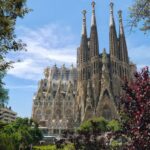 The Sagrada Familia: 🏰🇪🇸 Antoni Gaudí's Masterpiece
The Sagrada Familia: 🏰🇪🇸 Antoni Gaudí's Masterpiece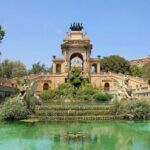 Discover the Best Free Attractions in Barcelona
Discover the Best Free Attractions in Barcelona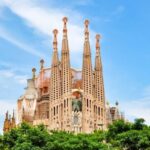 Sagrada Familia Barcelona Tickets: A Guide to Explore Gaudí's Masterpiece
Sagrada Familia Barcelona Tickets: A Guide to Explore Gaudí's MasterpieceIf you want to know other articles similar to The Sagrada Familia: Gaudí's Iconic Basilica 🏰🇪🇸 you can visit the category WHERE YOU CAN GO FOR FREE.
Leave a Reply

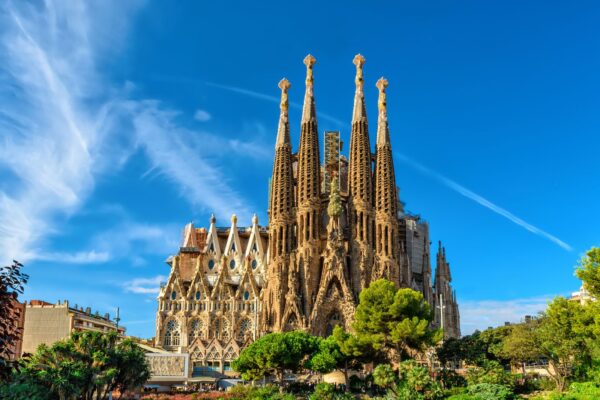
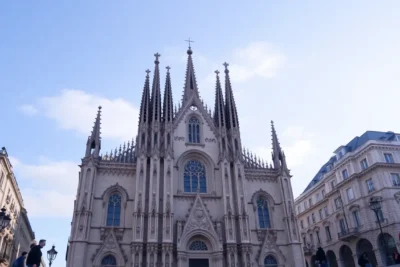
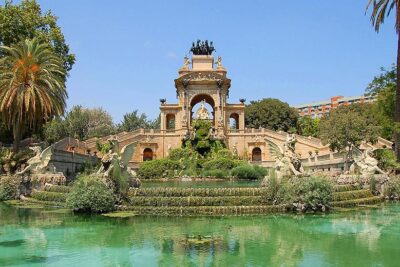
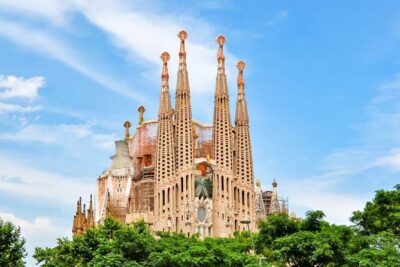
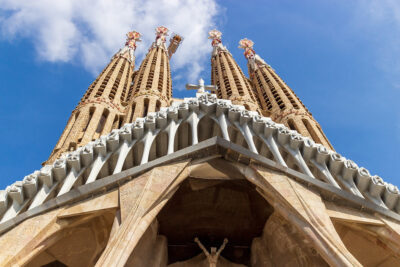
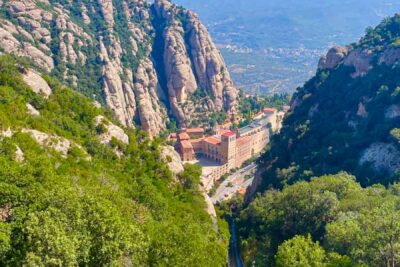
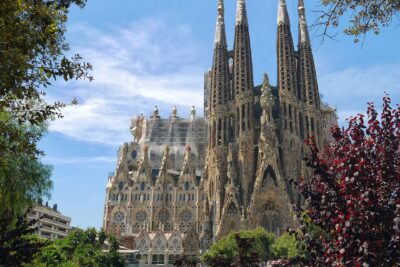
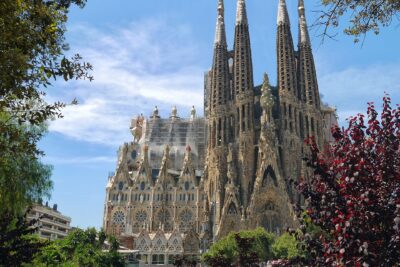
Read more!